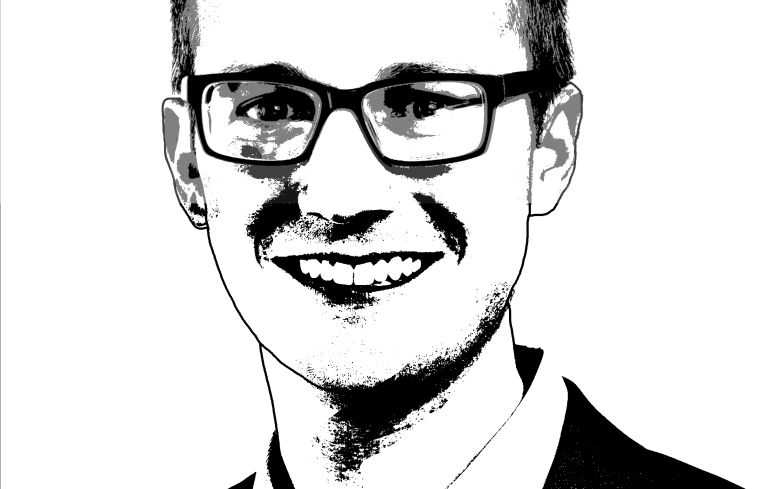Streaming Revolution Spurs LA’s Future
By Eric Willett February 24, 2020 3:17 pm
reprints
My phone’s news feed has been bombarded with trailers for blockbuster films, while my television runs an endless loop of ads heralding the latest show.
And here, in Los Angeles, the physical manifestations of an era in which “content is king” are readily apparent. Whether I’m driving by billboards on Sunset Boulevard, walking past new buildings emblazoned with studio logos or looking out my office window at the cranes popping up throughout the city, it is clear that the content explosion is here, and it promises to fundamentally reshape our region.
In the past decade, the sheer amount of content that is created has increased dramatically. FX Network Research, which tracks the number of scripted series filmed each year, has recorded a doubling in volume in less than 10 years – climbing from 266 scripted series in 2011 to 532 in 2019. Driving most of the growth is the unprecedented emergence of streaming services as not only content distributors but also content creators on a global scale. Across the board, major technology companies have embraced content as a means to deepen their customer engagement, and the streaming revolution underpins a convergence of technology and media that is blurring the notion of what constitutes entertainment.
The locus of this frenetic content creation activity is indisputably L.A. The global capital of content since the early 20th century, the Southern Californian region continues to reign supreme as a key hub in the content economy. In 2019, 44 percent of scripted series were filmed in California, easily dwarfing New York City – the next largest with 13 percent representation, according to data by FilmLA. Beyond filming activity, the content boom has supported a broader media ecosystem encompassing roles such as post-production and marketing. Altogether, the media and entertainment sector has added 56,000 jobs in Greater L.A. and Orange County since 2009.
The scale of this content boom is felt across Los Angeles in the physical environment. For the past several years, CBRE has closely tracked the presence of technology and media firms in the Greater L.A. region as the industries cement their primacy. Today, tech and media occupies a whopping 40.5 million square feet of office space – roughly 29 times the square footage of the U.S. Bank Tower, L.A’s largest and second-tallest building.
The dramatic realignments in the content landscape have been mirrored in the region’s office landscape. Streaming providers now occupy more than 4 million square feet across the region, leasing nearly 2 million square feet in just the last two years, according to our research. In an effort to keep pace, traditional media companies have expanded by 2.2 million square feet in the same period.
As demonstrated by the cranes rising across the L.A. skyline, many submarkets have benefitted from the content explosion. In the past two years, though, West L.A. has asserted itself as a key hub in the region’s creative ecosystem. Long the domain of white-collar professional services firms, the Westside has more recently been a dominant player in capturing content growth. Culver City, in particular, has emerged as a node for these employers. Established media companies and emerging players alike have relocated to stunning new creative office complexes in the city. Today, 27 percent of West L.A’s office inventory is occupied by technology and media firms. But all this demand has also spilled into other neighborhoods away from the beach and further east, including the Tri-Cities and the Hollywood/Wilshire Corridor.
As the technology and media sectors in the region continue to redefine themselves and their relationship to each other, the broader impact of the content explosion will continue to be felt in the area’s physical landscape, likely broadening out across an even wider range of submarkets in the years to come.
Eric Willett is the director for research and thought leadership for the Pacific Southwest region at CBRE.



